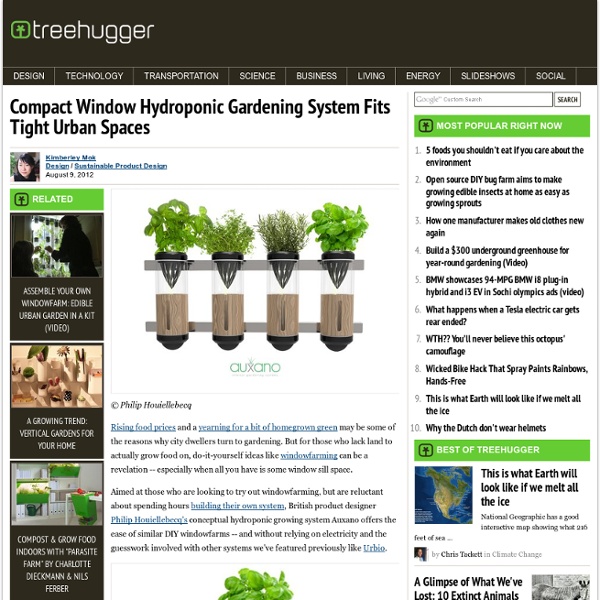22 trees that can be tapped for sap and syrup | Wild Foodism
As winter wanes and spring approaches, wild foodists all across North America tap into the time-honored tradition of sugar production – mainly, the transformation of maple tree sap into maple syrup and sugar. This process, passed on from the Native Americans to the early settlers, is still quite popular today, and is responsible for one of the few wild foods that can be purchased commercially in most supermarkets. Most people associate syrup with the maple tree, and although much of today’s syrup does originate from the sugar maple, all species of maple can be tapped. Even better, many other trees from other genera can be tapped to extract sap, which ultimately can be turned into delicious syrup. In this post, I won’t be discussing the methods involved in tapping for sugar production. If you are unfamiliar with the process, there are a variety of great websites, videos, and books to guide you. Black maple (Acer nigrum) Black maples produce as much sweet sap as sugar maples. It’s easy!
The Sun Hive: experimental Natural Beekeeping
Sun Hives are a hive design coming out of Germany and now gathering interest in Britain. They’re part of the world-wide movement towards ‘apicentric’ beekeeping – beekeeping that prioritizes honeybees firstly as pollinators, with honey production being a secondary goal. The Sun Hive is modeled in part on the traditional European skep hive, and is aimed at creating a hive that maximises colony health. The main thing I love about this hive and the enthusiasm surrounding it is not the hive itself, but the philosophy behind it, that of apicentric beekeeping. In brief, the Sun Hive has an upside down skep hive at its base with curving frames in the top section and no frames in the bottom section. The hive is placed well above ground level (optimal for bees – they never choose to create a hive on the ground). As I said, it’s not the design of this hive that particularly gets me going (though it is very beautiful), but the philosophy behind it… putting bees first before honey yields.
Coppicing - A Lost Art Revisited - Verge Permaculture
Coppicing has always been interesting to me as a wood production system (fuel, timber) because it uses trees that can be cut perpetually. In other words, the tree is cut and grows back. This is quite different from the type of forestry we practice here in Canada with spruce, fir, and pine trees. These conifers are cut once and then die. Here is a great Wikipedia definition on coppicing: In Canada we can grow a number of different trees that can be cut and grow back. Here is a great video on Coppicing from Britain. In addition to fuel and timber coppice systems can be used for basketry, propagation, mulch and fodder. In Ohaton in Camrose County, Alberta, they are using willow to clean up their waste water from a lagoon while growing a feed stock for producing heat for the municipality. Dave Jake and Mark Krawczyk are currently working on a book on Coppice Agroforestry which, if it is anything like his last book Edible Forest Gardens Vols I & II, will be amazing!
FREE permaculture eBooks & free environmental eBook downloads
Permaculture is all about one part of a system trying to help another, so this is our attempt to help replicate that, by sharing permaculture knowledge as freely and as widely as we can. In this section you'll find a selection of completely free eBook downloads on permaculture and wider environmental topics, including the fantastic Farmers' Handbook series by Chris Evans and Jakob Jespersen, which provides a complete grounding in key permaculture techniques in a simple, easy-to-read e-book download format. On top of that, we are also offering free download copies of Gaia's Education's brilliant Four Key series, including the indispensable instruction manual for anyone looking to apply permaculture techniques to communities, Beyond You & Me, and Gaian Economics - a penetrating look at how economics can be made to work in harmony with nature, not against it. We have been experiencing problems with free ebooks on checkout.
The One-Straw Revolution
Masanobu Fukuoka (1913-2008) was a farmer and philosopher who was born and raised on the Japanese island of Shikoku. He studied plant pathology and spent several years working as a customs inspector in Yokohama. While working there, at the age of 25, he had an inspiration that changed his life. He decided to quit his job, return to his home village and put his ideas into practice by applying them to agriculture. Over the next 65 years he worked to develop a system of natural farming that demonstrated the insight he was given as a young man, believing that it could be of great benefit to the world. In 1975 he wrote The One-Straw Revolution, a best-selling book that described his life’s journey, his philosophy, and farming techniques. After The One-Straw Revolution was published in English, Mr.
soils
majority come from weathered rock, approximately a 1/2 come from water and air, and a small portion ( less than 10%) from humus, decomposing but not decomposed organic material. Minerals derived from the soil must be dissolved in water. Otherwise the plant will not be able to obtain them. How do plants obtain the nutrients in the soil? CEC is important for maintaining adequate quantities of plant available calcium (Ca2+), magnesium (Mg2+) and potassium (K+) in soils.
Off Gridders | A Practical Guide for Permaculturists Living Free
untitled



